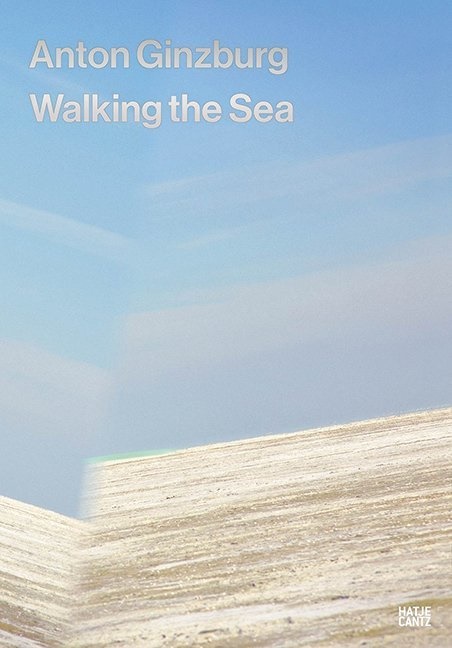Read more
Anton Ginzburg (geb. 1974 in St. Petersburg) erschließt in Walking the Sea (2013) ein über 67.000 Quadratkilometer großes Gebiet zwischen Kasachstan und Usbekistan: den Aralsee, eine landschaftliche Ruine der sowjetischen Ära. Anknüpfend an die Tradition amerikanischer Land Art der späten 1960er- und frühen 1970er-Jahre, nähert sich Ginzburg dem ausgetrockneten Gewässer wie einem Readymade der Natur, um dessen geografischen, geschichtlichen und potenziellen imaginären Raum, der weitgehend unzugänglich bleibt, sichtbar zu machen. In einem Film, in Fotografien und Skulpturen bezieht sich Ginzburg auf regionale Legenden und kulturelle Mythen von der Vorstellung des Pleinairmalers als einem reisenden Derwisch über die Idee von Landschaft in Form einer äolischen Harfe bis zu dem Glauben an einen unterirdischen "inneren See", in den der Aralsee entwich. Das Buch steht im Zeichen einer reichen Künstlertradition, die Welt aus Sicht des Wanderers zu erkunden, Landschaften und urbane Räume en passant zu vermessen und umzugestalten.
About the author
Dan Graham, born 1942 in Urbana, Illinois. Lives and works in New York.
Summary
In Walking the Sea, Anton Ginzburg (* 1974 in St. Petersburg) charts a twenty-six-thousand-square-mile area between Kazakhstan and Uzbekistan known as the Aral Sea, an environmental ruin of the Soviet era. Drawing on the tradition of American Land Art from the late sixties and early seventies, Ginzburg approaches the waterless sea as a ready-made earthwork in order to make visible a territory, history, and a potential imaginary space that remain largely inaccessible. The resulting film, photographs, and sculptures refer to regional histories and cultural myths, ranging from the figure of the plein-air painter as a traveling dervish to the idea of the landscape as shaped like an Aeolian harp, and the belief in a subterranean “inner sea” into which the Aral Sea has disappeared. The book pays homage to a rich history of artists who have approached the world from the perspective of a wanderer and who have mapped and reshaped both landscapes and urban environments through the act of walking.

